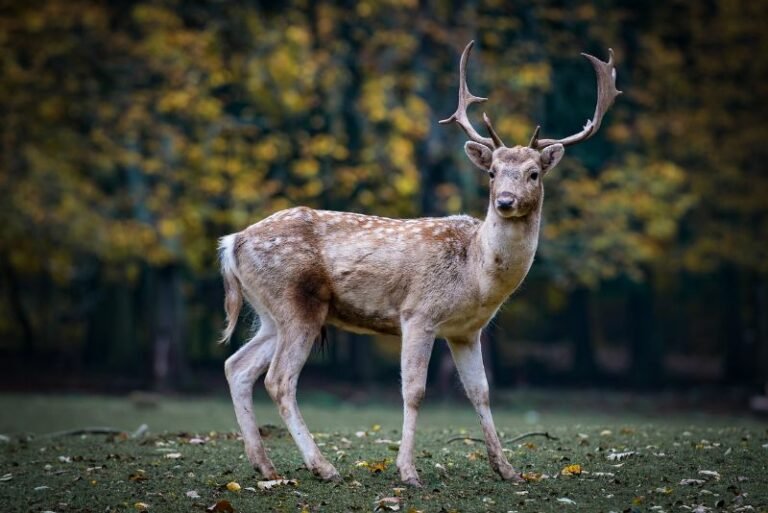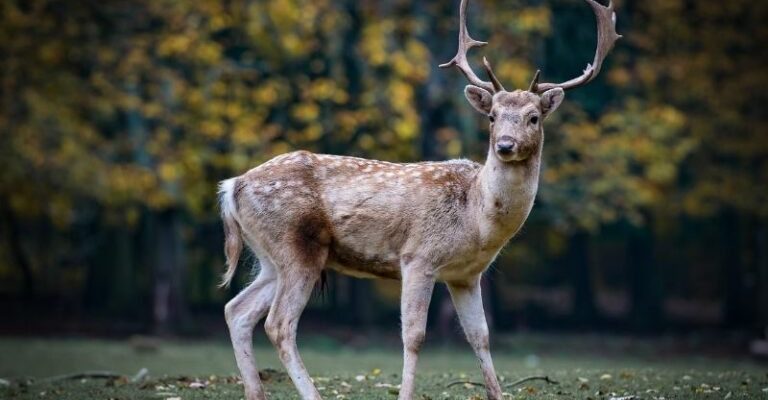
Deer are not just found in our backyards; they roam various habitats around the globe, from lush forests to grassy plains. However, not all deer species are thriving. Some are facing serious threats due to habitat loss, hunting, and climate change. Just like a puzzle missing a few pieces, the deer population is affected by many factors that piece together the bigger picture of conservation. Let’s dive into the world of deer and see how different species are faring in today’s changing environment.
Understanding Deer Species
There are over 90 species of deer worldwide, each with its unique traits and habitats. From the majestic elk in North America to the tiny muntjac deer in Asia, these animals play essential roles in their ecosystems. *Typically*, deer help maintain plant diversity by grazing on various plants, which can promote healthier growth.
Some well-known types of deer include:
- White-tailed Deer: Common in North America, they are easily recognizable by their white tails and are known for their adaptability.
- Red Deer: Found across Europe and parts of Asia, red deer are larger and are known for their impressive antlers.
- Sika Deer: Native to East Asia, they are often smaller than white-tailed deer and have spotted coats.
- Moose: The largest species of deer, moose are found in the northern regions and have long legs and broad antlers.
You might be wondering why it matters that we categorize these species. Understanding different types of deer helps us identify which ones are at risk and what specific challenges they face. In turn, that knowledge leads to targeted conservation efforts.
The Threats to Deer Populations
Deer face various threats that impact their survival, many of which are tied to human activity. Think of it this way: a garden thrives when the soil is healthy, but if you strip away its nutrients and add pollutants, the plants struggle to grow. The same principle applies to deer habitats.
Here are some major challenges affecting deer populations:
- Habitat Loss: Urban development, deforestation, and agriculture can fragment or destroy the natural habitats where deer live. This makes it harder for them to find food and shelter.
- Overhunting: In some areas, excessive hunting puts pressure on deer populations. Although hunting can help manage populations, too much can lead to declines.
- Climate Change: Changes in climate affect food availability and migration patterns. Extreme weather can also lead to mortality from harsh conditions.
- Road Collisions: As deer habitats shrink, they’re more likely to cross roads, leading to dangerous encounters with vehicles.
Each of these factors contributes to a more complex story about deer conservation. By recognizing these threats, we can better understand what’s at stake for these animals.
Are Any Deer Species Endangered?
Now, let’s get to the heart of the matter: *Are any deer species actually endangered?* The answer is yes, and it varies greatly from one species to another. Some, like the Sokoke Forest Ghost Deer (found only in Kenya), are critically endangered due to habitat destruction. Others, like the White-tailed Deer, are more abundant and thriving in many areas.
The IUCN Red List, which classifies species based on their conservation status, helps illuminate these differences.
For instance:
- Critically Endangered: The Bornean brown deer is at extreme risk due to habitat loss and hunting.
- Vulnerable: The Black-tailed Deer faces threats from habitat fragmentation and road accidents.
- Least Concern: Most populations of White-tailed Deer are stable or increasing, thanks to successful conservation efforts.
It’s a mixed bag, and while some deer do well, others desperately need our attention.
Conservation Efforts for Deer
Conservation is a bit like investing in a savings account; the more we put in now, the more we can benefit from it later. Various organizations and initiatives focus on protecting deer habitats, regulating hunting, and raising public awareness about these beautiful creatures.
Here are some notable conservation efforts:
- Protected Areas: Many regions are establishing protected areas where deer can thrive without human interference. These spaces help maintain biodiversity.
- Community Involvement: Involving local communities in conservation efforts ensures that people understand the importance of protecting deer and their habitats.
- Regulated Hunting: Setting hunting limits can prevent overhunting while still allowing for regulated sportsmanship.
- Research and Education: Ongoing research into deer populations and habitats provides critical data that can inform effective conservation strategies.
By supporting these efforts, we can help create a more stable environment for deer and their ecosystems.
How You Can Help
You might be wondering how you can play a part in these conservation efforts. Thankfully, there are many ways you can contribute to the cause! It doesn’t always require special skills or knowledge; often, it’s just about being mindful of your actions.
Consider these simple ways to help:
- Educate Yourself and Others: Learn about local deer species and share that knowledge with friends and family. Awareness is powerful.
- Support Conservation Organizations: Donating or volunteering with organizations focused on wildlife conservation can make a real difference.
- Practice Responsible Outdoor Activities: If you enjoy hiking or camping, stay on designated paths to minimize habitat disruption.
- Report Roadkill: If you see a deer on the side of the road, report it to local wildlife authorities so they can collect the data and respond as needed.
Every small action counts. Just like planting a seed, each effort helps the bigger picture of deer conservation grow.
The Future of Deer Conservation
Looking ahead, the future of deer conservation will depend on a combination of strong policies, community involvement, and ongoing research. Think of it as a team effort where everyone has a role.
As we continue to learn more about deer populations and their challenges, it’s vital that strategies are flexible and responsive to new data. For instance, adaptive management practices allow conservationists to tweak their approaches based on real-world observations.
Ultimately, the success of deer conservation rests in our hands. By understanding their needs and the challenges they face, we can ensure that these graceful animals continue to be a part of our world for generations to come.
Wrapping it all up, the question “Is the deer endangered?” has a nuanced answer. While some species face severe risks, others are doing well thanks to effective conservation efforts. Our responsibility is to be stewards of the natural world, embracing the role we can play in ensuring a balanced ecosystem where deer—and many other species—can thrive.

